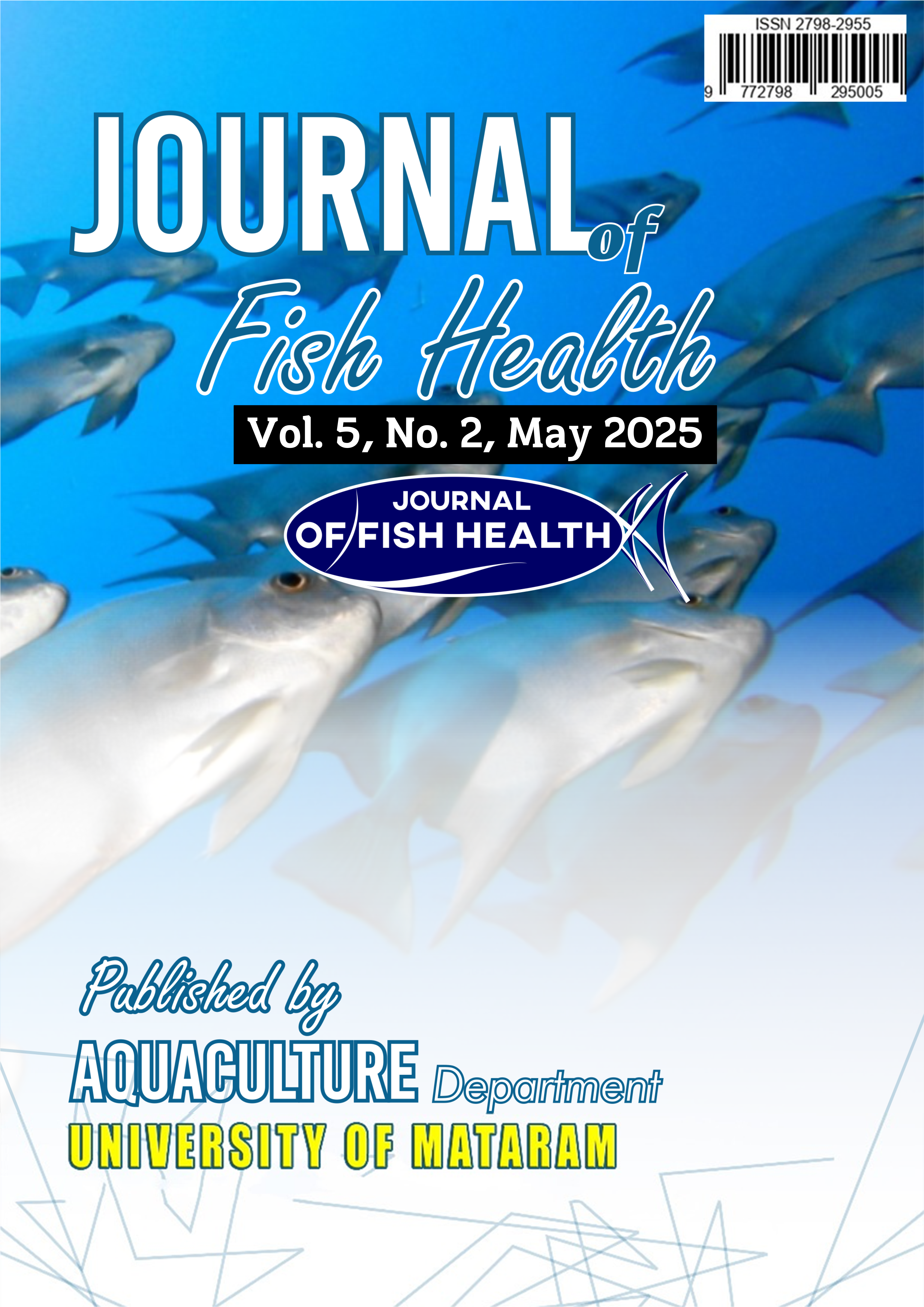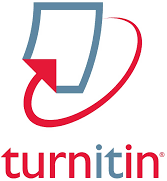Optimization of Hatchery Techniques to Enhance Larval Survival and Business Feasibility of Guppy (Poecilia reticulata)
DOI:
https://doi.org/10.29303/jfh.v5i2.7093Keywords:
Guppy, Hatchery, Cost-Benefit Analysis, AquacultureAbstract
Optimizing hatchery techniques for guppy (Poecilia reticulata) production is essential for improving reproductive efficiency and economic viability in small-scale ornamental aquaculture. This study evaluated the effectiveness of a simplified spawning system using sterilized aquaria (40×60×40 cm) with aeration and aquatic vegetation to create a semi-natural environment. Broodstock selection based on gonadal maturity and a male-to-female ratio of 2:4 resulted in high spawning success, with courtship behavior observed by day three. A staged feeding strategy—infusoria and egg yolk (days 1–3), Artemia nauplii (days 4–10), and Tubifex (days 11–21)—supported consistent larval growth from 0.5 cm to 1.6 cm over three weeks. Larval survival reached 91.1%, with 162 of 168 fry surviving by day 21. Stable water quality parameters (24–26°C, 7.6–7.9 mg/L dissolved oxygen, pH 6.7–7.1) were maintained through regular siphoning and water renewal. Economic analysis indicated system feasibility, with a production cost of IDR 1,369,250, revenue of IDR 1,620,000, and net profit of IDR 250,750. The benefit-cost ratio (R/C) was 1.18, the break-even point was achieved at 136.93 fry, and the payback period was 17.7 months. These findings highlight the biological and financial viability of low-cost guppy hatchery systems suitable for rural aquaculture settings. Future research should focus on scaling potential, feed alternatives, and digital monitoring to improve system sustainability and profitability.
Downloads
Published
Issue
Section
License
1. The copyright of this journal belongs to the Editorial Board, based on the author's consent, while the moral rights of the publication belong to the author(s).
2. The formal legal aspect of journal accessibility refers to the same Creative Common Attribution + Noncommercial + ShareAlike (CC BY-NC-SA), implying that publication can be used for non-commercial purposes in its original form.
3. Every publication (printed/electronic) is open access for educational, research and library purposes. In addition to the objectives stated above, the editorial board is not responsible for copyright infringement















